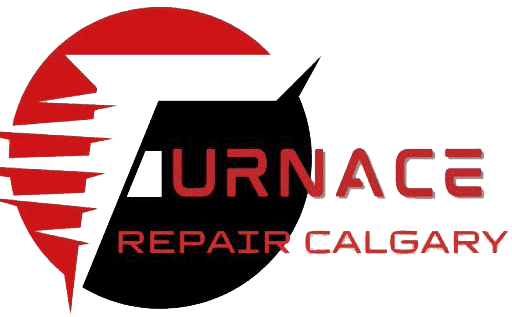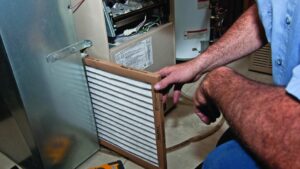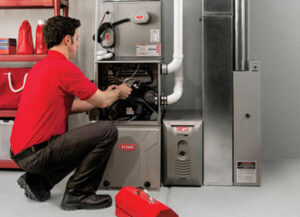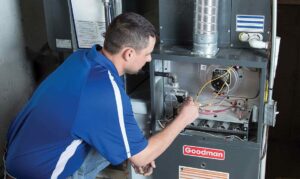How Can Air Duct Cleaning Prevent Health Problems
When you think of heating and cooling systems, think of them as a building’s lungs. The system breathes air in and out of the office or home through the air vents. When your heating and cooling is working correctly, you indoors are protected from air pollution. Nevertheless, it also means that your ducts will get dirty over time, leading to health issues for the building’s occupants. Scheduling an air duct cleaning is necessary to avoid severe health issues.
With people spending nearly 90% of their time inside buildings, it is wise to consider this when installing heating and cooling systems in your home or office. The built environments become an essential part of our daily lives; thus, providing proper ventilation for the best air quality is crucial.
Healthy Work Environment
Indoor air quality is a prominent subject in the workplace. It is an issue of concern because it can significantly affect how people are regarding their health, comfort, and productivity. That is why the “sick building syndrome” is rife in many industries.
Studies suggest that one in four buildings in Canada are affected by sick building syndrome. Symptoms include:
- headaches
- fatigue
- itchy skin
- watering eyes
- dizziness
- hoarseness
- nausea
- cancer
- mental fogginess
- respiratory complications
Stress or unhealthy factors like poor ventilation in their work environments cause the above symptoms. Interestingly, workers say that these symptoms seem to ease when away from their offices or workplaces.
Inadequate ventilation is one of the lead causes of the sick building syndrome. Canadian building ventilation standards have historically prioritized energy conservation instead of proper ventilation and air quality. That is why workplaces have conditions that cannot promote the occupants’ health and work comfort. Unmaintained and malfunctioning HVAC systems also increase the risk of indoor air pollution.
Healthy Home Environment
Energy-efficient homes use airtight construction to reduce air leaks. However, this can be a limiting factor for getting fresh indoor air. The NADCA (National Air Duct Cleaners Association) started the Breathing Clean Initiative dedicated to educating people about the importance and benefits of indoor air quality in their residential spaces. According to information and recommendations forwarded by the initiative, families generate significant air pollutants such as allergens like pet hair, dust, dirt, chemicals from cleaning products, and more.
Creating airtight buildings will thus mean pollutants cannot escape, thus ending up in the heating and cooling systems. The HVAC will recirculate the contaminants, spreading them throughout the house every time the system runs. It also means that dirt, harmful chemicals, and other pollutants will build up in the ducts, reducing indoor air quality.
Allergens and bacteria will thrive and circulate in the house via the heating and cooling system’s ductwork. People with complications like asthma will be increasingly at risk of period asthmatic episodes because of the increased pollutants and allergens in the air.
Symptoms of Indoor Air Pollution
Nausea, a raspy throat, watery or irritated eyes, headaches, chronic fatigue, and itchy skin are common complaints associated with poor indoor air quality in the home and places of work. People prone to allergic reactions and asthmatics, seniors, and little children are considered more susceptible to the impacts attributed to inadequate indoor air quality.
Common issues that contribute to poor indoor air quality in buildings include:
– Inadequate ventilation
– Volatile organic compounds
– Mold
– Pets
– Particulates (dirt, pollen, and dust)
– Chemicals
What Can You Do?
Below are some of the measures you take to ensure that you enjoy and benefit from improved air quality:
1) Smoke-Free Environment
According to the WELL v2™ Pilot’s Air concept, smoke detection in the workplace or at home lowers the risk of exposure to second-hand smoke. It also can reduce the risk of air pollution. Studies show that cigarette smoke contains over 400 different chemicals, meaning a child who inhales second-hand cigarette smoke is at risk of contracting cancer or asthma.
It also has been found that second-hand smoke can cause sudden infant death syndrome. The HVAC system can suck in these chemicals and recirculate them nearly five to seven times daily.
2) Mould Inspection
You can find the organisms that form moulds nearly anywhere. Mould, a type of fungus, can be harmless when in small amounts. However, things are riskier when the mould spores encounter damp conditions that promote their growth. Subsequently, these mould spores release into the air to be inhaled by humans.
The health complications and their severity depend on the mould type present and the affected person’s extent of exposure. For instance, infants, kids, and seniors with pre-existing issues are at a greater risk of significant health complications. To mitigate this issue, WELL V2 recommends HVAC ducts, and cooling coils be inspected two to three times a year for mould growth and cleaning if necessary.
3) Air Duct Cleaning
NADCA says air duct and cooling coil cleaning are beneficial for homes and workplaces, primarily when evaluated and done by experienced professionals. However, cleaning the air vents and cooling coils is not a failproof solution for reducing the risk of indoor air pollution. Nevertheless, it can help increase energy efficiency by reducing the HVACs’ energy demand when filtering indoor air and maintaining the desired room temperature.
NADCA also recommends hiring a reputable and experienced air duct cleaning company, preferably with the NADA certification that implies the cleaners adhere to the industry’s standards.
Bottomline
Your indoor air quality can impact your health, more so when you consider the time you spend inside buildings. That is why it is best to know about the effects of poor indoor air quality and how to correct the situation to ensure you enjoy a healthy building environment.






